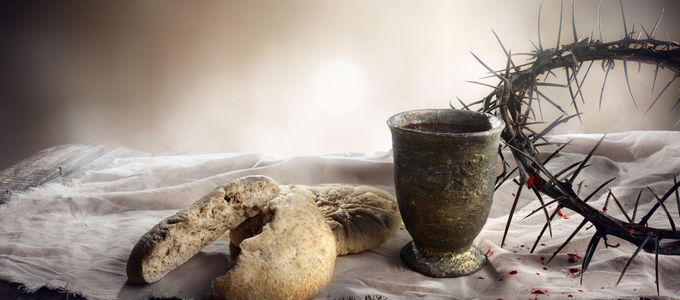

On the night He’d be betrayed, Jesus sat around the dinner table with His twelve Disciples. Peering into their eyes as He gave each a small portion of bread, we can faintly see their hearts beating behind broadening, yet fearful chests. With the flick of a wrist, each had received a portion allotted to them. A piece that would soon remind them of their broken bodies poured out as an offering to this world after Jesus was mocked, crucified, and buried.
If you think about the breaking of your own body and blood for someone, the scene becomes quite horrific. It suddenly raises questions of humanity in how such a bloodbath could bring about holiness, sanctification, and a sense of brokenness made whole. What about a perfectly sinless man hanging on a cross shouts joy, beauty, and redemption? Everything.
Prior to His crucifixion, Jesus chose to sit and eat with His Disciples because He wanted to demonstrate an unwavering love for them. A love firmly displayed through His body made broken so that we could be made whole.
Today, we often see a lot of stories out there about how to live the best Christian life, improve relationships, or try new fads, diets, and exercise routines that guarantee a more satisfying and fulfilling existence. But rarely do we see pieces of these writers’ hearts strewn throughout their tips and tricks. Miniscule are the amount of raw, vulnerable, and authentic fragments of their lives shared for the sake of mending your raggedness.
When Jesus broke His body and shed His blood for us both figuratively with food and literally with His everything, He did so with the hopes that we too might learn to break, give, and share ourselves with others. Jesus didn’t die on the cross so you could live the perfect life. He died on the cross in a state of fragmentation so that when you later experienced your own splintering piercings, you’d have the fearlessness to say, “let me be broken too.”